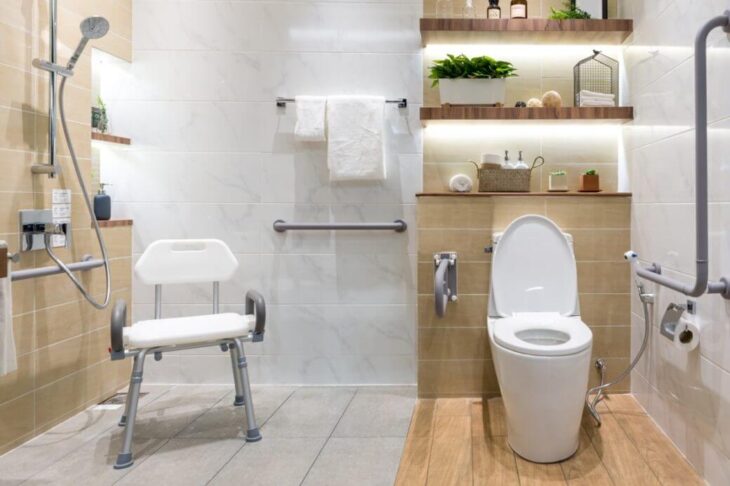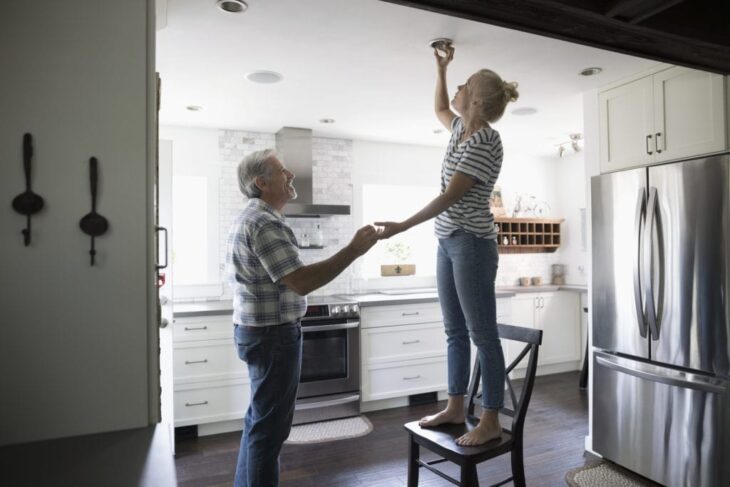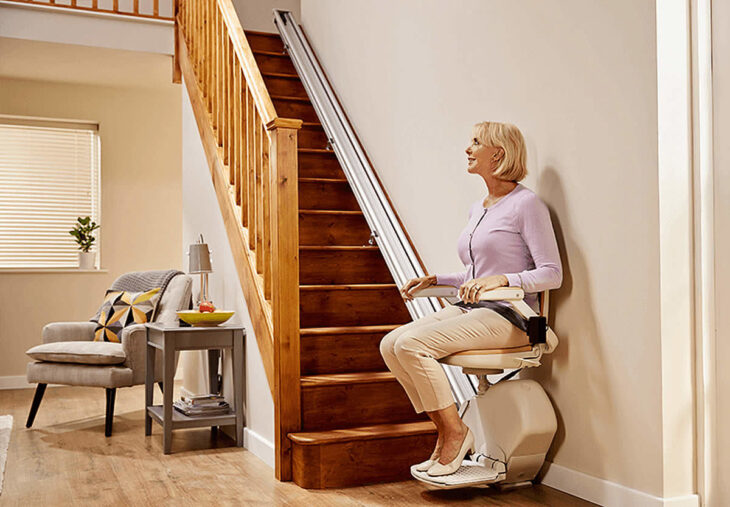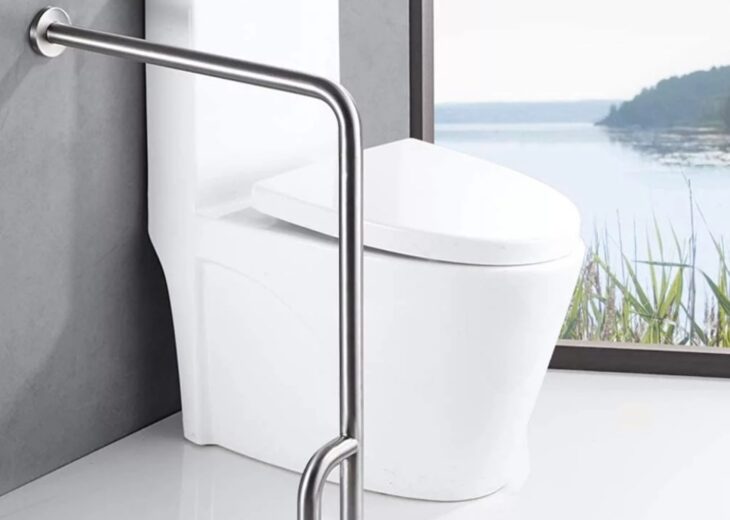Seniors with chronic health conditions or disabilities can still live with relative independence with the right environment. Rather than having them change to suit their home’s set up, it’s much better to upgrade the home and make it more accommodating. With these upgrades, disabled seniors can prioritize safety and health in their homes, age in place and enjoy the most out of their lives without losing their sense of freedom. It’s always a good idea to discuss home modifications with your elderly parent or loved one; although some may insist, they don’t need any changes, many are more receptive to modifications when they feel like they are involved in the process.

Source: Devoted Guardians
Improved Lighting
Falls are more common among seniors regardless of their physical health, but poor lighting can increase the risk of sudden injury. Lights should always be easy to access and control for seniors, namely LED lights that are suitable for navigation and various daily activities. Motion-sensor lights at all entry points and the tops and bottoms of stairs are especially important; they can also be incorporated into bathrooms and hallways to make safely navigating the home at night easier.

Source: Reviews.com
A Home Lift
Many people question whether they should purchase a home lift or stairlift for their aging parents. Although they have a lower price point, stairlifts do not have the same level of safety and emotional value as a home lift. Emotional value sounds strange in this context, but it’s important to remember that seniors are still immensely impacted by their environment and their own increased limitations. A disabled elderly person has a higher likelihood of feeling depressed over their condition; constantly seeing a stairlift and being reminded of their reduced mobility can ultimately lower their morale. With Home Lift Experts installing lifts that are aesthetically pleasing, easy to use, and non-obstructive, the variety of options suit all home sizes and designs.

Source: Sync Living
Grab Bars
Well-mounted bars in the shower, tub and beside the toilet help seniors avoid slip and fall injuries. Disability-friendly toilet seats can also be easily installed, which feature double-grip handlebars on either side. They are also raised to make it easier for seniors to sit and stand on their own. You can also install more seating and lower surfaces throughout the home; a pop-up table and chair in the kitchen, for example, can help a senior who loves to cook prepare meals without becoming tired out standing at the counter.

Source: AliExpress
Levers Instead of Doorknobs
Doorknobs that require a full rotation to open and close can be difficult for seniors with limited mobility or arthritis; levers only require a light press downward. For elderly individuals with poor strength in their hands and arms, levers can make the difference between getting in and out of their home. It can also prevent them from getting unintentionally shut into any particular space without an ability to call for help. You may also consider adding door stoppers throughout the home, particularly in areas that have a high injury risk. For seniors with Alzheimer’s or dementia, black door mats or door signs can deter them from opening them and wandering. Of course, in this case, there should always be security locks in place as well as constant supervision.
